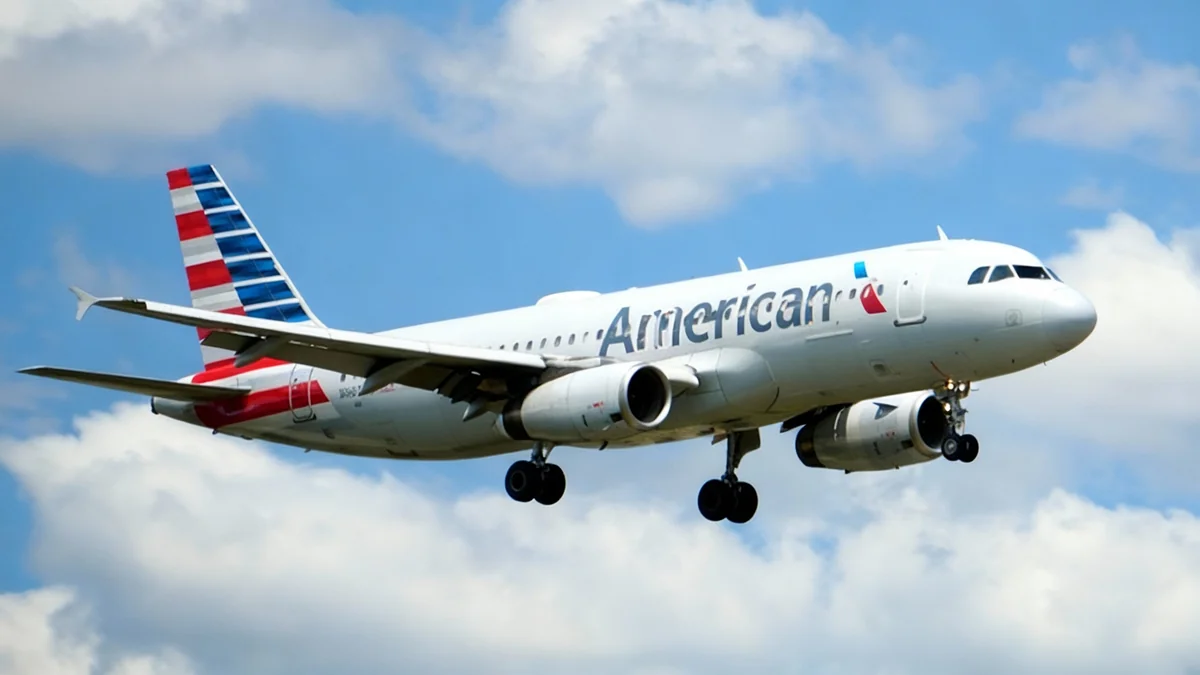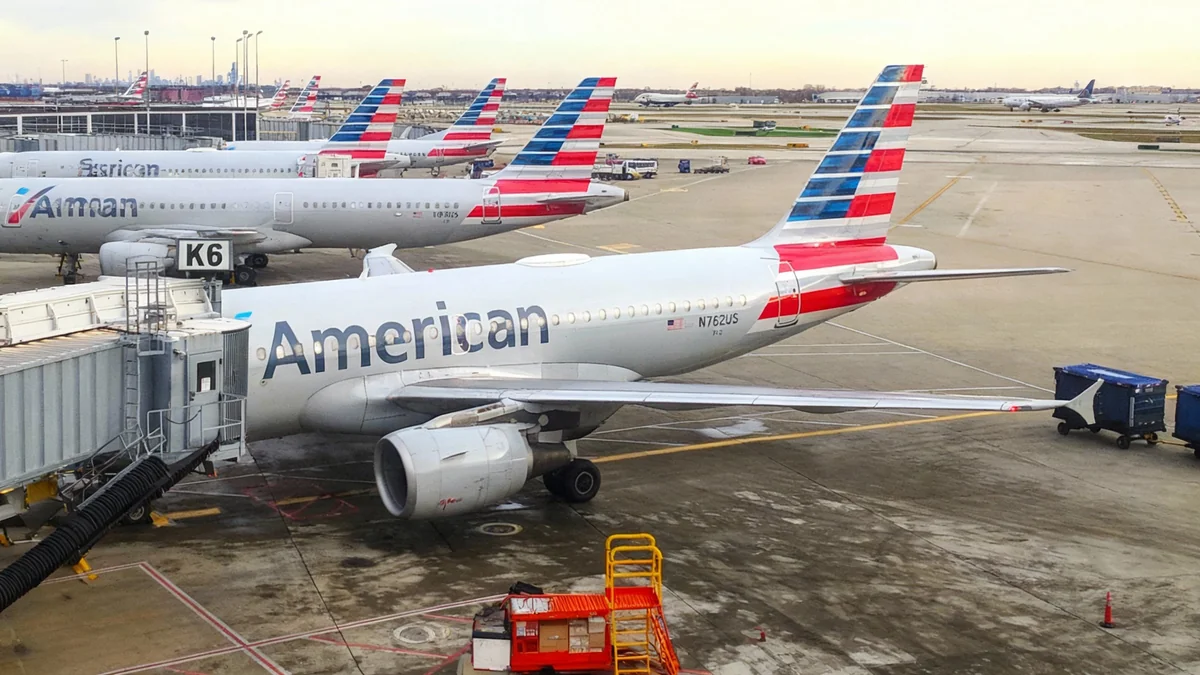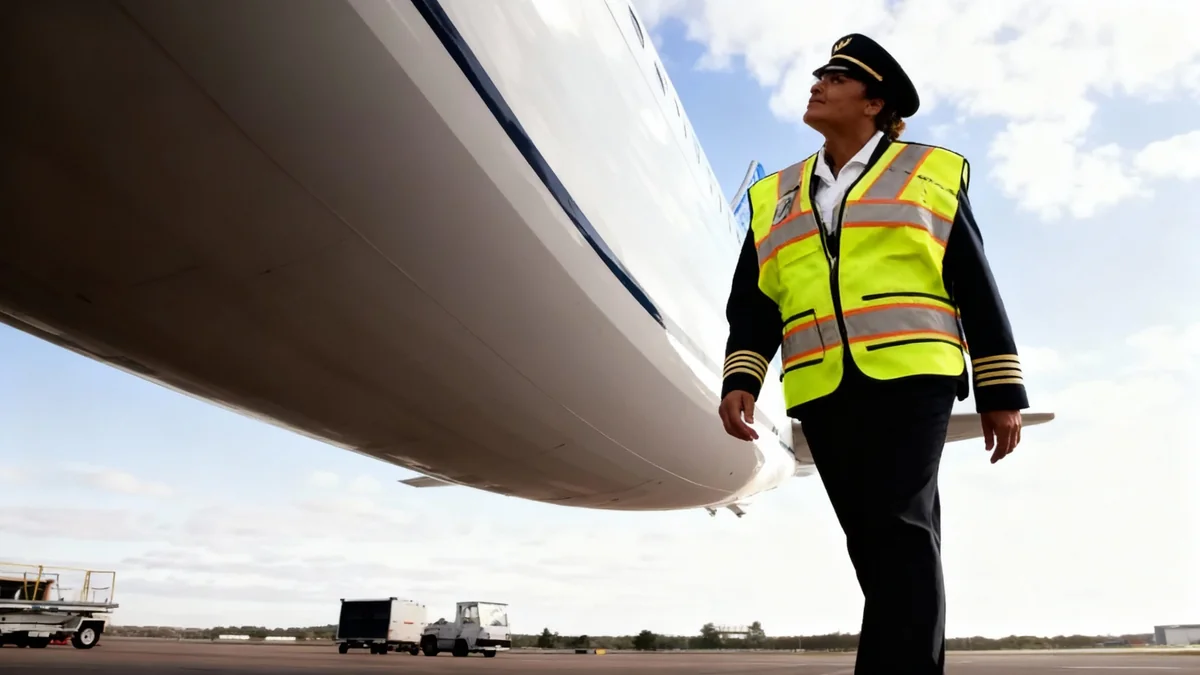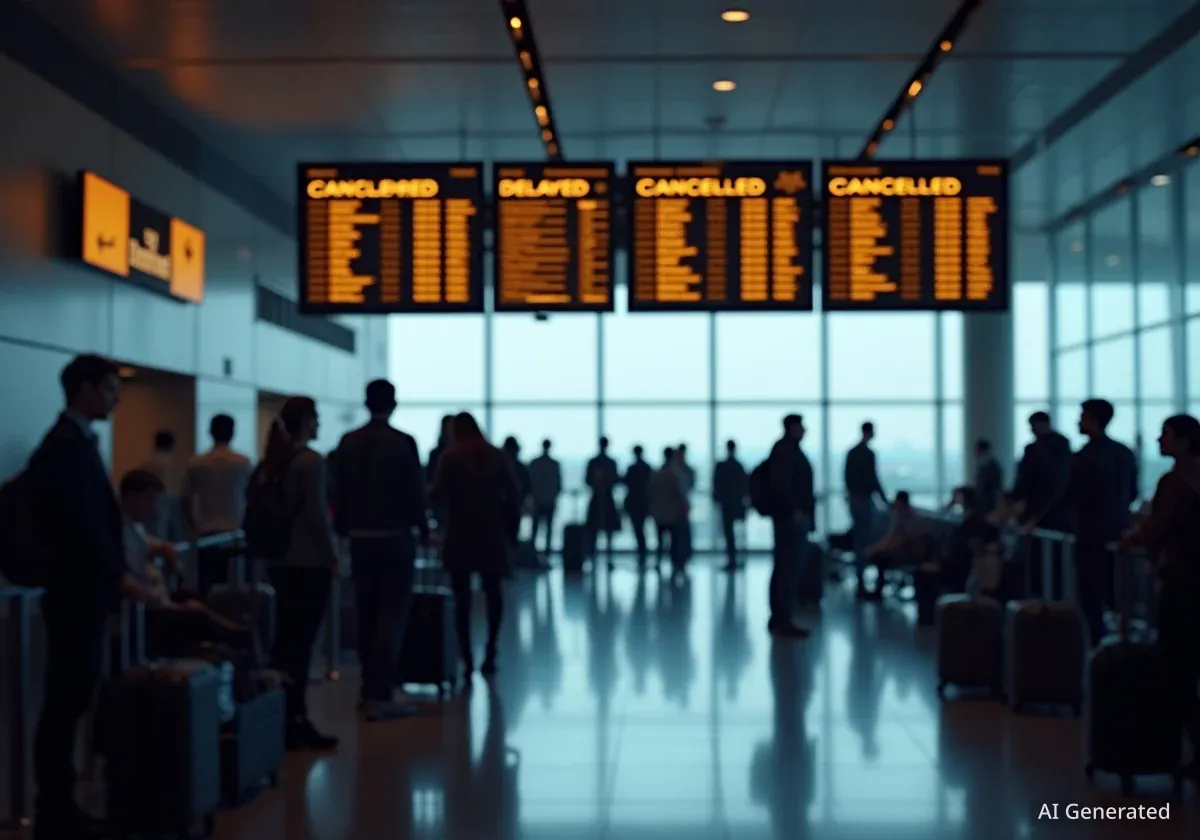American Airlines Group Inc. is significantly reducing its corporate workforce, with hundreds of positions being eliminated at its Fort Worth, Texas headquarters. This move impacts various departments, including finance, technology, commercial, and communications, primarily affecting mid-management and support staff roles.
Key Takeaways
- American Airlines is cutting hundreds of corporate jobs.
- The reductions are focused on mid-management and support staff.
- Departments like finance, technology, and communications are affected.
- The company reported a Q3 loss of $0.17 per share.
- Air traffic control staffing issues are causing widespread flight delays across the U.S.
Corporate Restructuring at Fort Worth Headquarters
The job cuts at American Airlines are concentrated at the company's main campus in Fort Worth. While the airline has not publicly attributed these reductions to specific financial decisions, they follow a recent period of operational challenges and a reported quarterly loss.
Sources indicate that the affected roles span a broad range of corporate functions. These include critical areas such as finance, which manages the company's economic health, and technology, which oversees the airline's digital infrastructure and operational systems.
Background on American Airlines
American Airlines is one of the largest airlines in the world, operating an extensive international and domestic network. Its main hub is Dallas/Fort Worth International Airport (DFW), with other major hubs across the United States. The company is headquartered in Fort Worth, Texas.
Impact on Key Departments
The reductions are not confined to a single department. Both commercial operations, responsible for revenue generation and market strategy, and communications, handling public relations and internal messaging, are seeing staff changes. This broad impact suggests a strategic realignment across the corporate structure.
Many of the positions being eliminated are in mid-management. This level often plays a crucial role in implementing company strategy and managing day-to-day operations. Support staff roles, essential for the smooth functioning of various departments, are also part of the cutbacks.
Financial Snapshot
- American Airlines reported a Q3 loss of $0.17 per share.
- The company's shares were down over 4% recently.
- Market capitalization stands at approximately $8.81 billion.
Operational Challenges and Air Traffic Control
Beyond internal restructuring, American Airlines, like other major carriers, faces broader industry challenges. A significant issue currently impacting airline operations is a shortage of air traffic controllers across the United States. This staffing crisis has led to widespread flight delays.
On a recent Sunday, more than 5,000 flights between U.S. airports experienced delays. Over 75% of these delays were directly attributed to staffing shortages within air traffic control. This situation creates significant operational difficulties for airlines, leading to disruptions for passengers and increased costs.
"There have been some difficulties in terms of operating delays at issues with air traffic control at one of its major hubs, Reagan National Airport in Washington, D.C.," stated Robert Isom, CEO of American Airlines, during the company's most recent earnings call. He also noted that the carrier is taking necessary steps to mitigate any impact.
Broader Industry Implications
The challenges faced by American Airlines are not isolated. Other major carriers, such as Delta Air Lines and United Airlines, have also seen their shares decline in correlation with American's recent performance. This highlights the interconnectedness of the aviation industry and how one airline's struggles can ripple through the market.
The government shutdown, while not yet having a direct financial impact on major carriers, has compounded the operational difficulties. A lack of full government functionality can delay critical processes and exacerbate existing infrastructure challenges, including those related to air traffic control.
The current situation underscores a complex environment for airlines, balancing internal corporate efficiency with external operational pressures. The job cuts represent a significant internal adjustment, while air traffic control issues point to systemic challenges affecting the entire industry.





